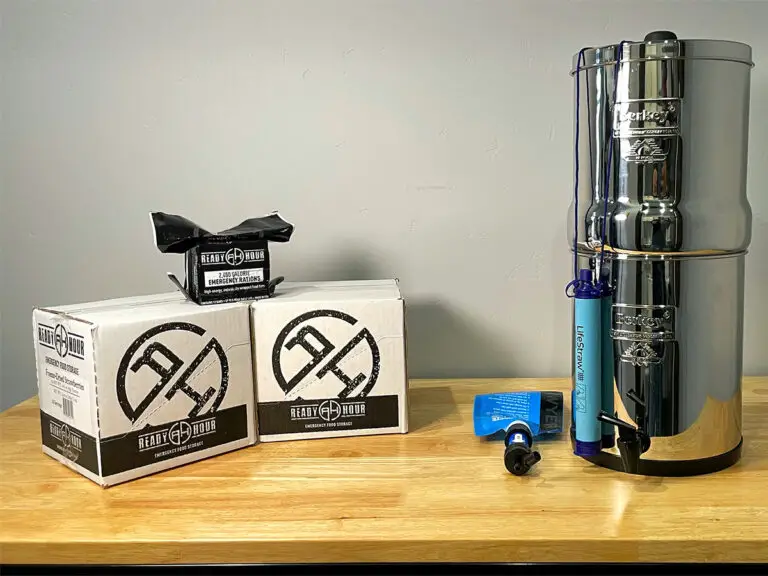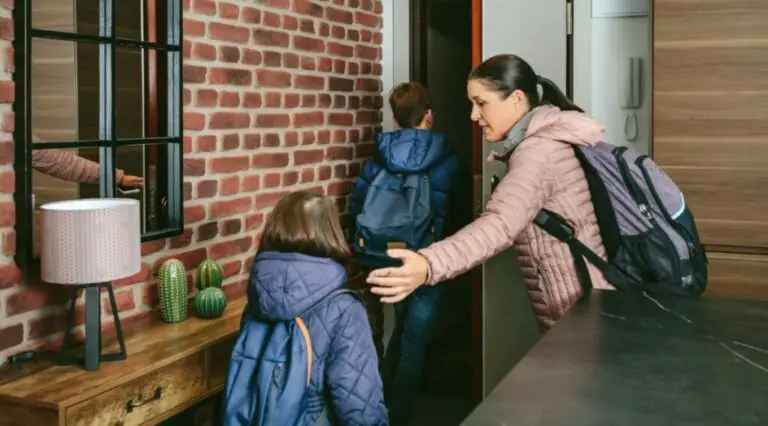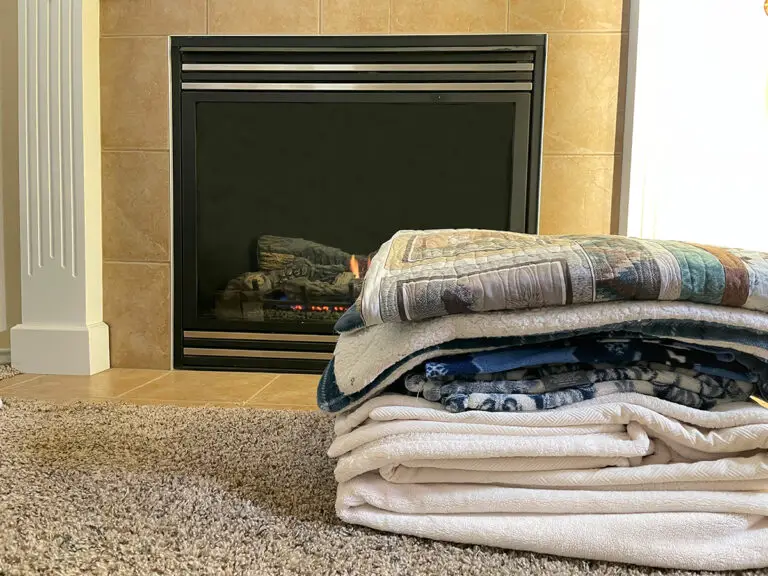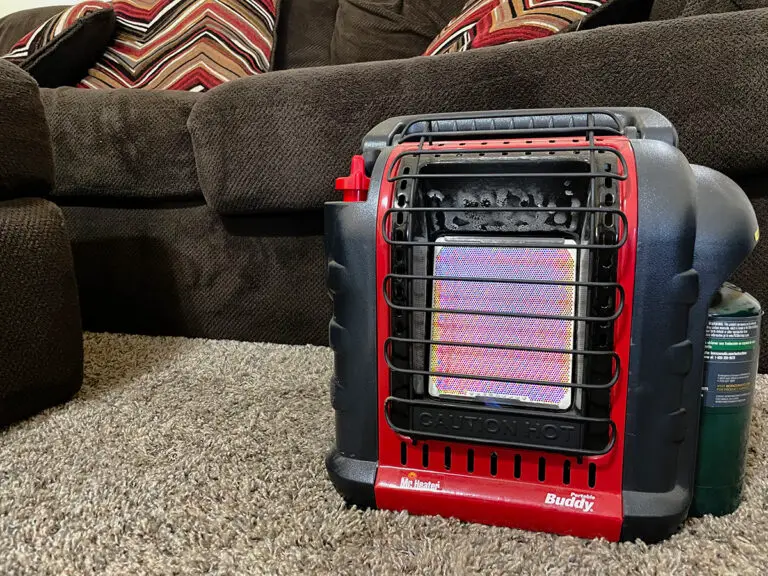There will be times when you or your loved ones will face danger, and knowing how to maximize safety will be essential. Depending on the situation, you may not know at what point you should think about bugging out, or evacuating your home. How do you determine if circumstances are dangerous enough to evacuate?
You should bug out—or evacuate—when natural disasters, wars, or other dangerous conditions make staying unsafe. Otherwise, staying home where you have food, shelter, and community is usually safer than leaving. Follow news reports to make the best decision. In case you ever do need to bug out, prepare an evacuation plan now for likely scenarios.
Next, I’ll walk through various types of emergencies that may warrant bugging out. I’ll also discuss things to think about when considering staying home. Let’s go ahead and learn about each scenario, as well as some tips on how to prepare for such events.
Natural Disasters
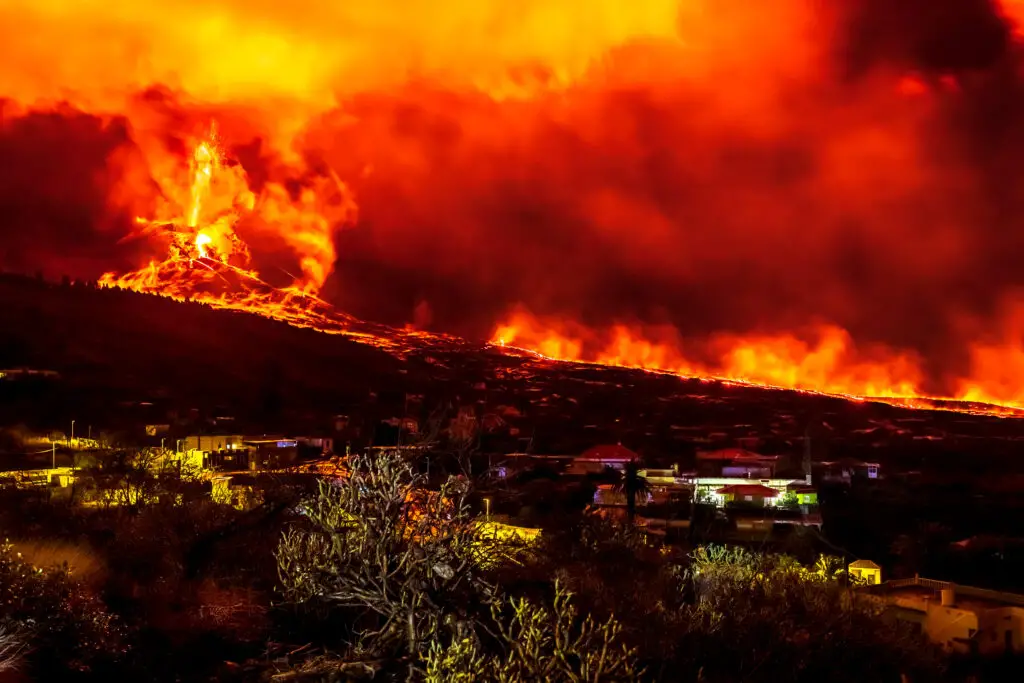
When it comes to natural disasters, they can be incredibly damaging to people, homes, and the surrounding environment.
Natural disasters come in all forms such as flooding caused by heavy rainfall, drought and famine due to extreme heat waves, and wind-generated events like tornadoes and windstorms. Wildfires, some earthquakes, tsunamis, hurricanes and other tropical storms, and volcanic eruptions are examples of larger-scale disasters that often warrant home evacuations.
Natural disasters are perhaps the most common form of dangerous events that require immediate evacuation from your home. Sometimes, you can weather out a storm and stay home. In more extreme cases, however, it’s in your best interest to evacuate to a safer location.
Today it’s easier than ever to know whether you should hunker down or bug out thanks to weather forecasts and news broadcasts. Many disasters are now predictable, and it’s a lot easier to know what to do and where to go. News stations, including national broadcasting, now give frequent briefings and recommendations for citizens as to whether or not they should evacuate. Officials will also assist in the relocation of families and individuals during events like these.
Global Conflict

Shifting from natural disasters, another topic of discussion is global conflicts.
Though global conflicts themselves are scary, one of the most- if not the most- prevalent current issues you should be concerned about is the nuclear arsenal that many of today’s major powers possess. A nuclear target map helps by indicating what states and cities are potential targets from opposing nations.
It’s best to familiarize yourself with many iterations of a nuclear target to decide whether or not you should leave your home.
Depending on where you live, your city could be a major target should a war break out. The reason for this is because of, that’s right, the classic real estate answer, location! location! location! Some large cities are at higher risk of attack than others. The real reason behind this is because of where the most political targets are located. For example, an attack in Washington D.C. would make a bigger impact than one on Salt Lake City.
Should you stay or should you go? Well, you should be aware enough of what is going on in the world to know if countries are getting along. If things start getting heated and tension starts rising within political climates, you may want to bug out of your home base.
Scarce Resources
In these situations, scarce resources can be the result of many events. We mentioned two: natural disasters and global conflict.
Both of these dangerous events will easily reduce the resources required for survival such as food and shelter.
When the environment cannot provide sustainable resources, the best option would be to leave and search for other nearby areas that provided more options.
Now, scarce resources can be relative and what may be scarce for you, may not be scarce for others.
What we mean by this is that some people may have a self-sustainable plan and could afford to stay and live a while longer. This includes knowing what resources are lacking and whether or not it’s currently needed for the survival of that person.
For example, if someone is prepared with food and medical supplies, then the lack of food or medical supplies wouldn’t cause immediate danger. If they end up having other needs, like blankets and clothes when the weather turns cold, then the scarcity will cause them to have to leave.
In the end, though, scarce resources will depend on the severity of the event and those who are affected, everyone will eventually have to replenish, resulting in leaving the area and finding a new one.
Other Dangerous Situations
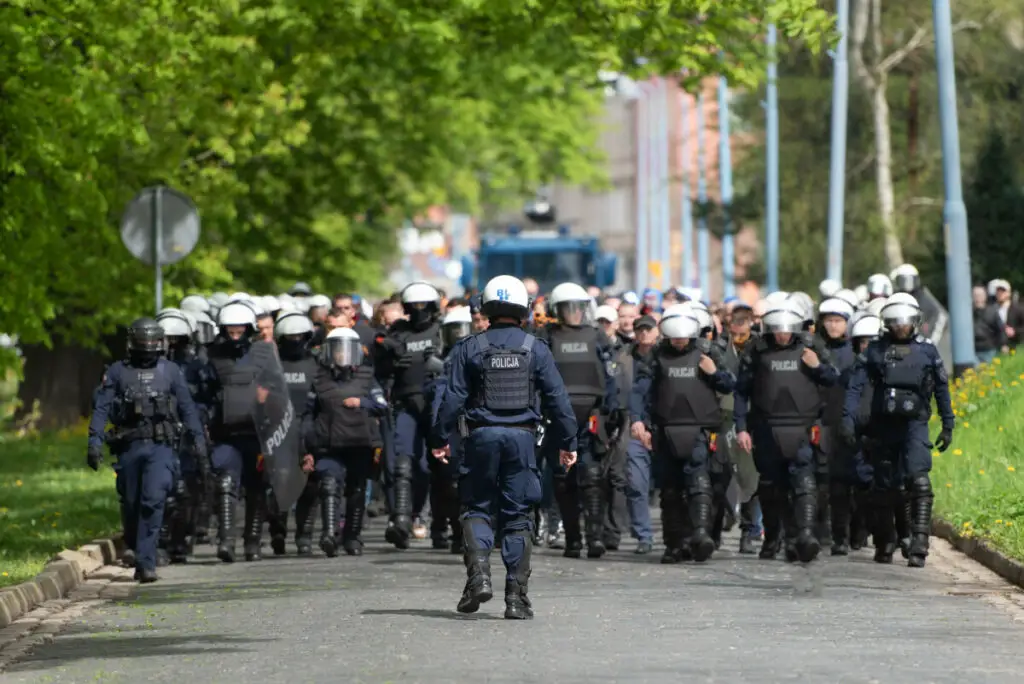
To conclude these sections about dangerous events, let’s find other events that could warrant a move.
- Threats from others: This may be due to domestic dispute/violence or threats from neighbors in the community. If you feel genuine fear and that your life is in danger, bugging out would be acceptable, assuming you have a plan afterward. Nothing worse than having your day-to-day living be threatened, even in a quiet, close neighborhood.
- Civil unrest: This issue can be related to protests that devolve into riots. If we know anything from recent years, protests have the potential to become riots. When this happens, know if you and your loved ones are safe and outside the danger zone. If not, it could be time to leave until things cool down.
- Unconditional government instructions: For this one, it may come from government officials instructing those to leave their homes no matter what. This may be preparations for what is about to happen such as global conflicts, to ensure proper emergency procedures are implemented or knowing no help will come after the occurrence of a dangerous event.
Situations such as these may not spark immediate danger but could escalate if not treated seriously. Pay attention to the radio and other broadcasts to know when the situation has escalated.
Emergency Plans
Now that you understand some of the most dangerous events that would make bugging out the safer alternative to staying home, you should develop an emergency evacuation plan.
Emergency plans are extremely important, especially for those who have family members within the home. There should be three primary types of emergency plans to have in place: personal/home, community, and national/global.
Creating a Personal, Family, or Home Emergency Plan
The first plan you should have in place is a plan for yourself, your family, and your home.
You’ll want to decide ahead of time which types of scenarios would lead you to evacuate or bug out. If bugging out is remotely likely, you should prepare at least a 72-hour emergency kit. This will be useful even if don’t bug out, but I like to keep these kits in bags that we can just grab and go in case that’s what we have to do.
It’s also important to ensure reliable communication. That could mean walkie-talkies if your family could have to split up.
Other aspects of your plan should include a minimum of 72-hour (3 days) of food storage for each person in the household, cooking equipment, blankets and spare clothing, a tent, a 72-hour first aid kit, a flashlight, and batteries to name a few.
These 72-hour kits will depend on each home and its needs. But the consensus is the same: keep everyone safe and have an emergency plan ready.
Build a Community Plan for Emergencies
Next, one aspect of a community emergency plan will primarily revolve around keeping effective communication with helpful friends and relatives. Due to the short range of walkie-talkies, this often means using ham radios. To ensure everyone in the community is prepared, it’s common to have designated radio operators to help coordinate with their assigned area for news or evacuation purposes.
This may not be the case for everyone though, as not everyone has ham radios (which is a good thing to invest in and know how to use). It’s possible you could still communicate using the cellular network but in a lot of emergency scenarios that grid can easily be interrupted.
Another aspect of a community emergency plan is having reliable, direct routes to navigate the city. These routes will either direct you towards an underground area (depending on the event) or outside the city to a planned location you can evacuate to. It provides optimal routes to minimize unnecessary detours and risks when traveling outside.
Lastly, in conjunction with ham radio operators, staying updated on local news will provide information useful for proper procedures and adjustments.
If your community isn’t up to date with local news, then your preparations for emergencies will be lacking, leaving you indecisive.
Create a Plan for National or Global Events
Lastly, global emergency plans will depend on the instructions given by governmental authorities such as the World Health Organization (WHO) authorities and the President of the United States (or other similar leadership positions internationally).
National and Global emergency plans require cooperation with the states and their respective emergency plans to work effectively.
For your purposes, it’s best to know what the most likely risks to your area are in the event of large-scale emergencies and prepare the right supplies that you may need in the event you need to evacuate or stay hunkered down at home for extended periods of time.
Justification for Staying
Many dangerous situations should automatically trigger you to leave the home and find a safer, secure location.
Despite this, some may just have to remain home regardless of the situation.
First, a justification for staying is that some people may not be directly affected by the events or minimal damages have occurred.
Second, some choose to stay rather than go because they live in a rural area with less risk from other people, so the threat appears less severe.
Urban areas have significant risks for “urban fires” which is neighboring homes becoming victims to other homes’ fires, creating a domino effect. In addition to this, firefighters may accidentally cause this effect if the fire isn’t handled properly, especially when houses are really close together.
Third, people may find it hard to leave behind their temporal materials. We all love our stuff, however, your life is more important than objects. It’s also problematic if you don’t have supplies ready to go. In this case, bugging out could mean leaving with nothing.
The fourth reason why you should be hunkering down instead of bugging out would be if you would be in more danger than if you stayed at home. Depending on the events occurring outside, leaving your home and traveling to a new destination may put you and your family in more danger. Only leave if it is a last resort or if you’re confidend you can make it to your destination safely.
The fifth point to consider when thinking about leaving is if you have the necessary equipment and tools to leave. Bugging out without a car, food, first aid kits, and water is extremely difficult and could be dangerous.
The sixth reason people typically stay inside instead of bugging out is if they are not physically able to leave. If you have certain medical conditions like being pregnant, elderly, or if you are physically challenged, then bugging out may be too physically challenging for you, meaning that you would need to stay home.
There is another point to consider, and that is if there is room for more at the destination you are thinking about bugging out to. During natural disasters, global conflict, or other similar events, there are lots of people going to new destinations to seek out supplies or help. Because of this, there just might not be enough room for more people. This would mean you need to stay home until there is enough room at a safer location.
Lastly, I’ve heard stories of people not bugging out just because they are emotionally connected to their homes. There is meaning behind the home and abandoning it isn’t an option. It may be possible to convince them otherwise, but their belief is usually concrete.
How to Stay Safe When You Decide Not to Bug Out
If choosing to stay, consider living under the radar to not draw attention to yourself.
For example, after disasters of various types, it’s not uncommon for survivors to loot and vandalize to survive. If you have precious resources that would be helpful to these people, it’s likely someone will try to take them from you. Keep a low profile as best as possible to stay safe.
To avoid gaining attention, you should keep all windows and doors locked, keep curtains closed, reduce cooking smells, never allow anyone (including pets) outside, and never answer the door.
These methods should help provide safety if choosing not to leave after dangerous events.
Bugging Out as a Last Resort
Finally, bugging out should only be used as a last resort. The only time to leave home is when a new (and possibly unfamiliar) location is safer than where you already are. Only in extreme situations such as those previously listed would you need to leave your home.
To finally answer the question, “should I stay or go?”, the answer will depend on the severity of the situation, household needs, and reasonable justifications for staying, if any.


